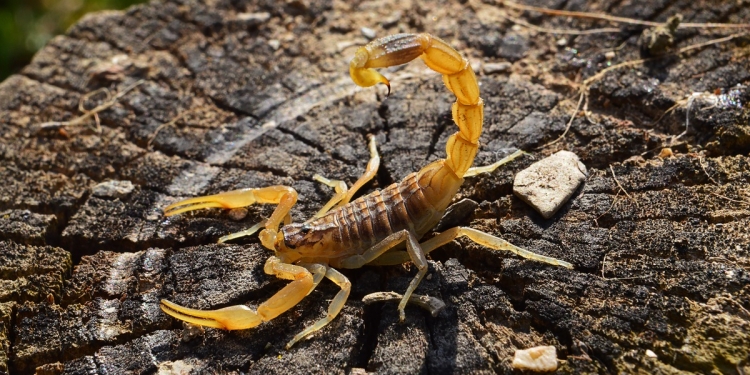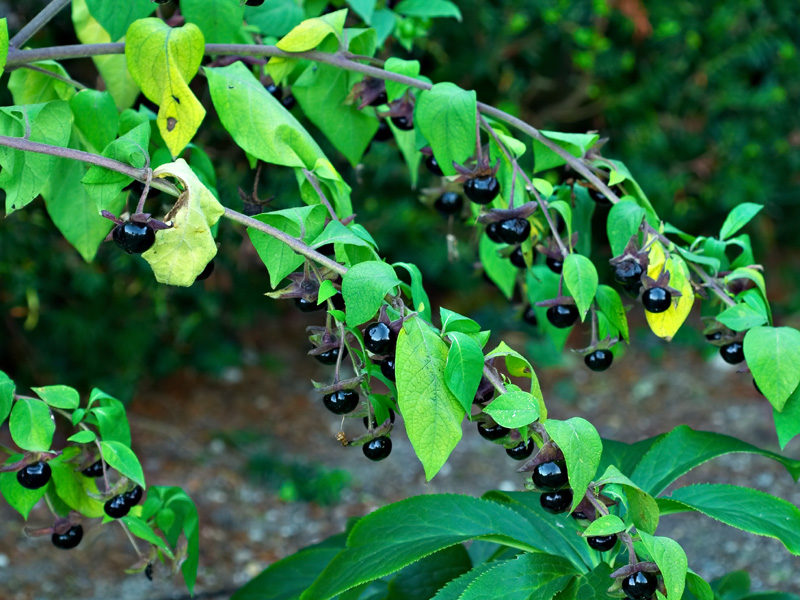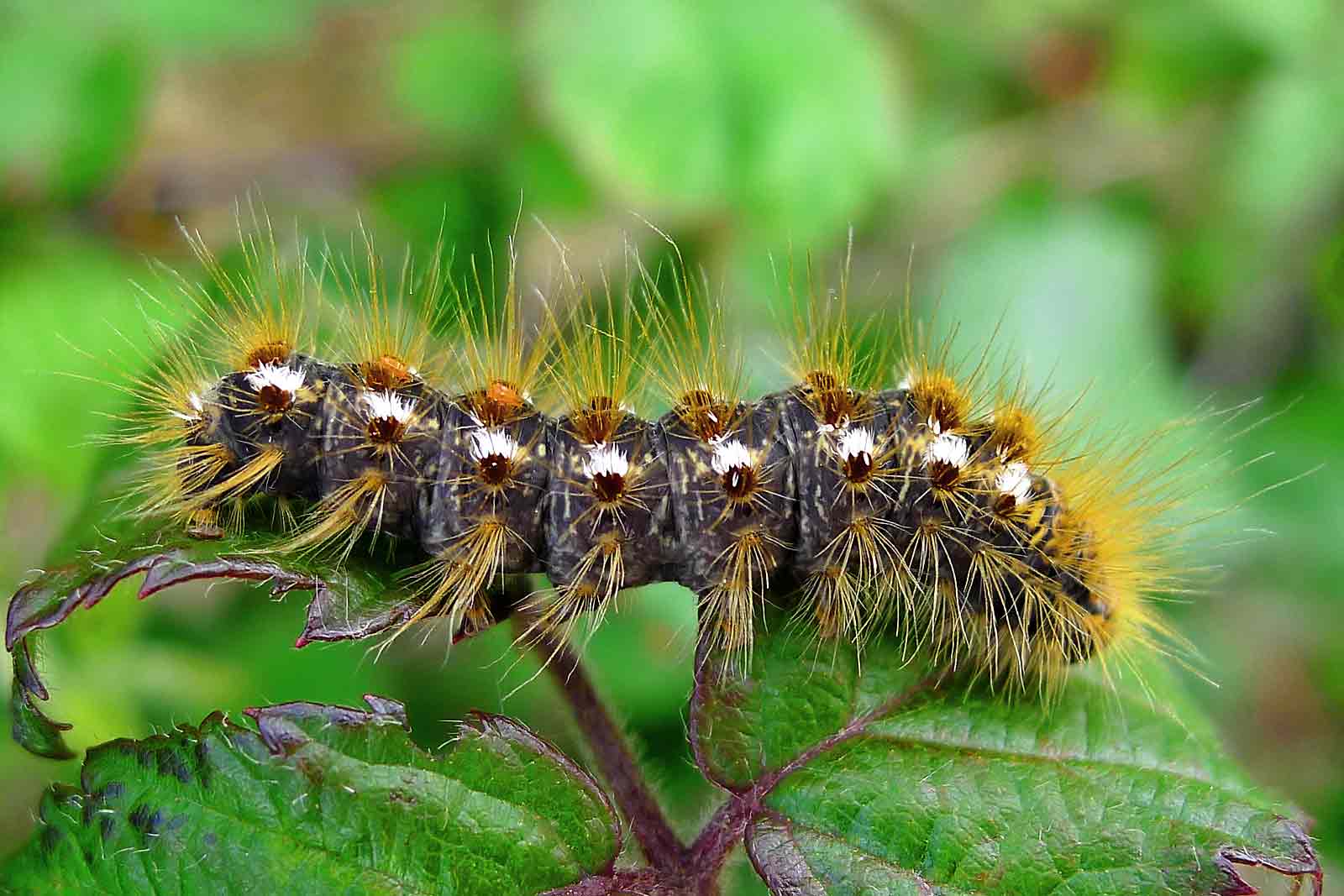Be careful what you touch, and what you eat. Some vegetation can snuff out your life as surely as a venomous snake. There are hundreds, if not thousands, of poisonous plants in the world, and some of them are deadly.
In 2014, a gardener on a country estate in the UK mysteriously died of multiple organ failure. The cause of his death remains unclear, but an inquest heard evidence suggesting he had been killed by a popular flowering plant, a member of the buttercup family.
The plant in question, called Aconitum, has blooms said to resemble monk’s hoods. But the plant is also known by other more sinister names; wolf’s bane, Devil’s helmet and the Queen of Poisons.













